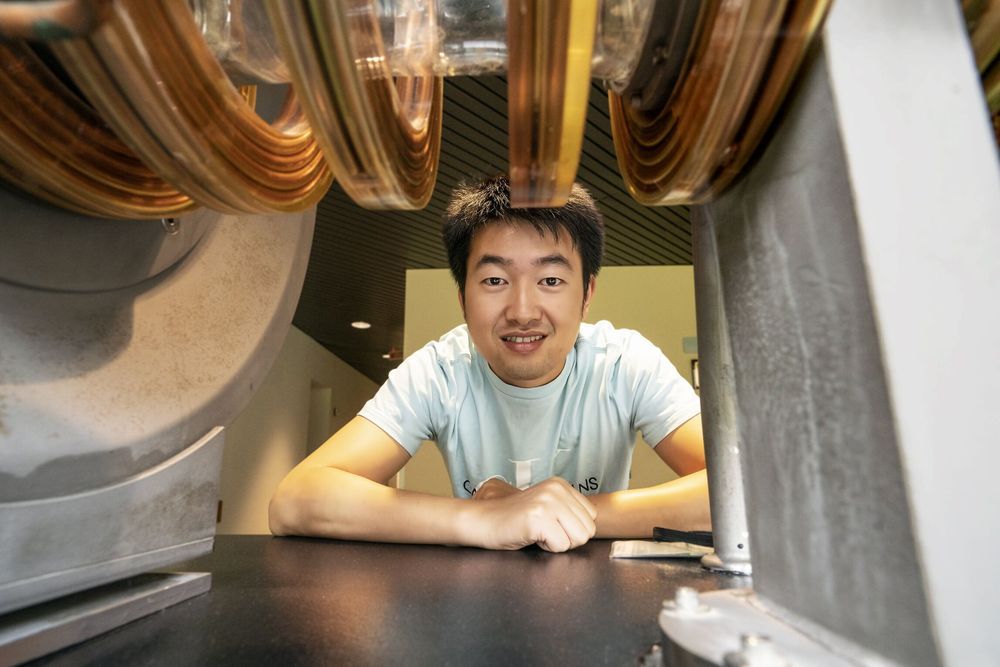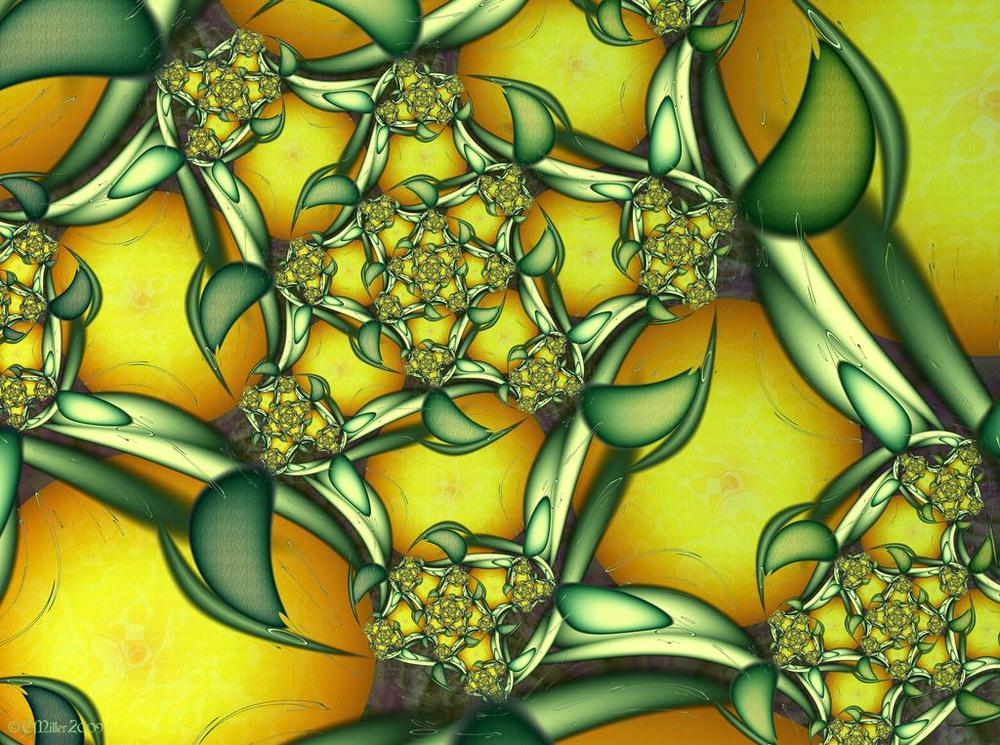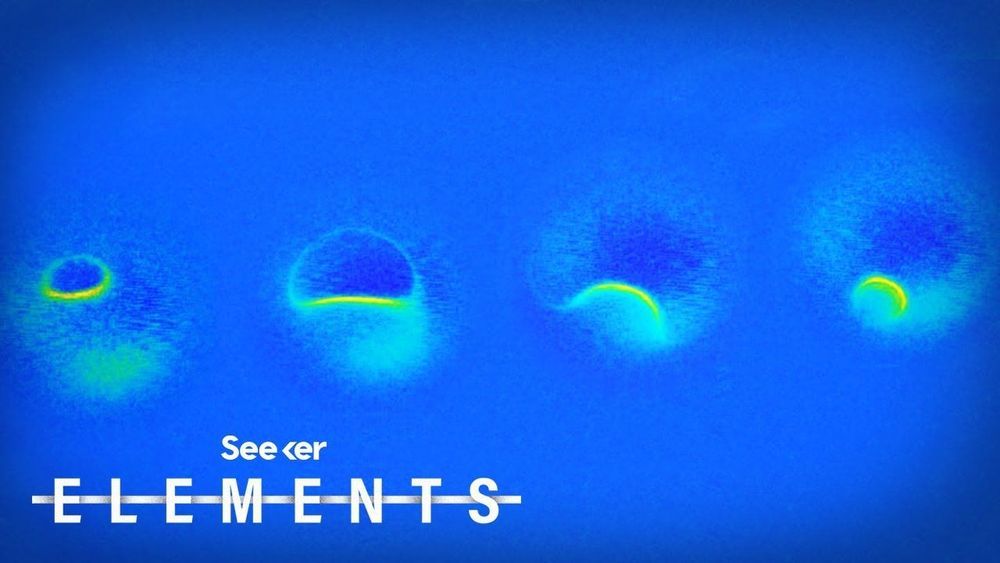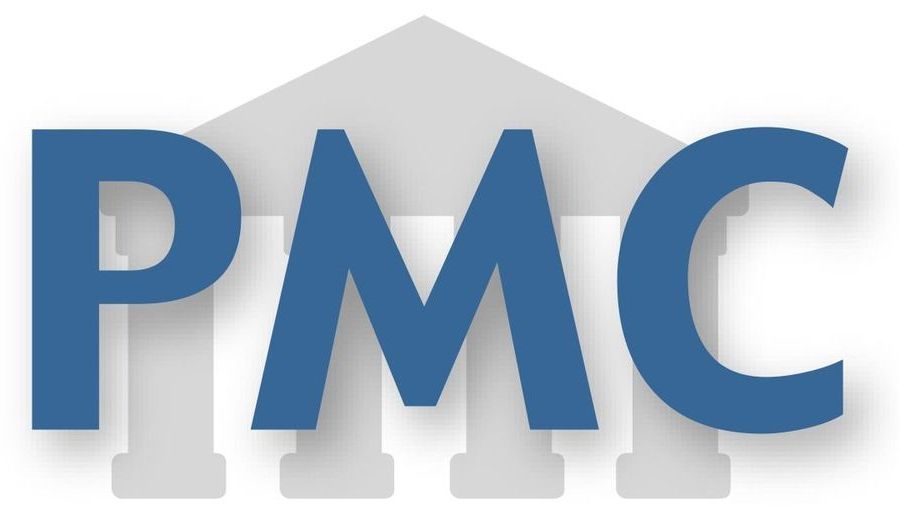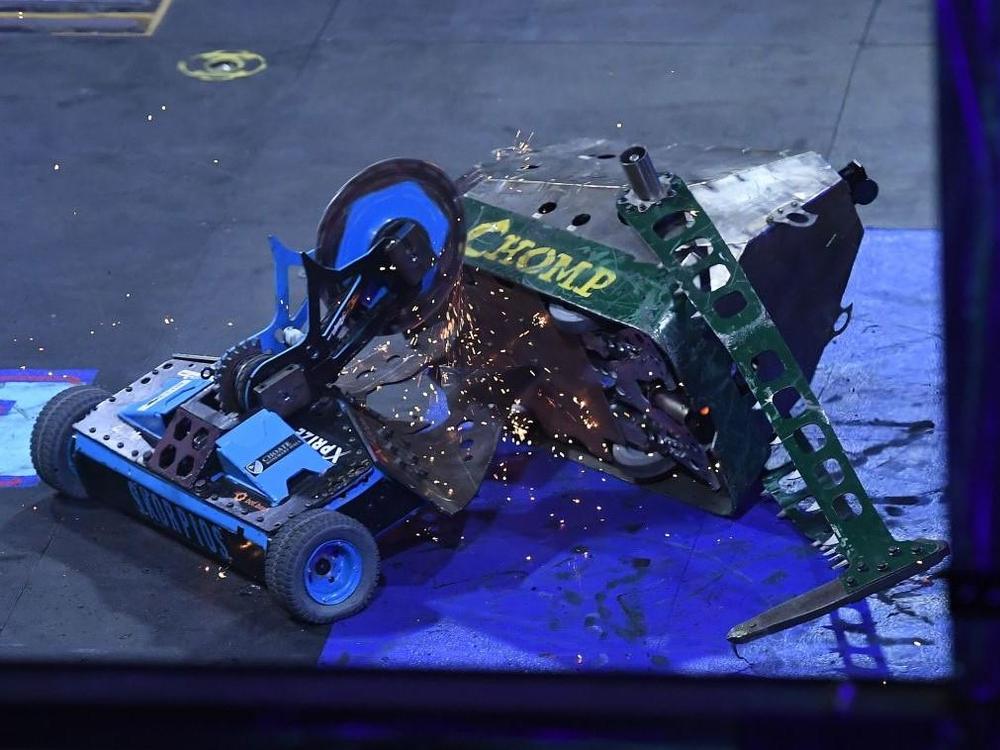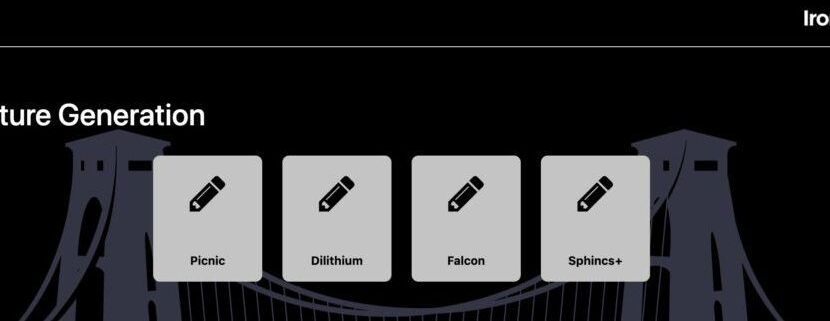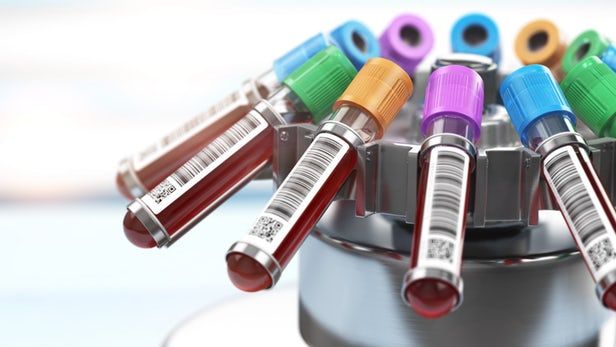Aug 21, 2019
New technique could streamline design of intricate fusion device
Posted by Quinn Sena in categories: habitats, mathematics, nuclear energy, space
Stellarators, twisty machines that house fusion reactions, rely on complex magnetic coils that are challenging to design and build. Now, a physicist at the U.S. Department of Energy’s (DOE) Princeton Plasma Physics Laboratory (PPPL) has developed a mathematical technique to help simplify the design of the coils, making stellarators a potentially more cost-effective facility for producing fusion energy.
“Our main result is that we came up with a new method of identifying the irregular magnetic fields produced by stellarator coils,” said physicist Caoxiang Zhu, lead author of a paper reporting the results in Nuclear Fusion. “This technique can let you know in advance which coil shapes and placements could harm the plasma’s magnetic confinement, promising a shorter construction time and reduced costs.”
Fusion, the power that drives the sun and stars, is the fusing of light elements in the form of plasma—the hot, charged state of matter composed of free electrons and atomic nuclei—that generates massive amounts of energy. Twisty, cruller-shaped stellarators are an alternative to doughnut-shaped tokamaks that are more commonly used by scientists seeking to replicate fusion on Earth for a virtually inexhaustible supply of power to generate electricity.
